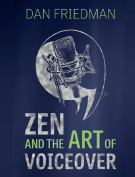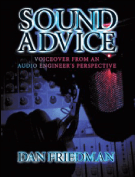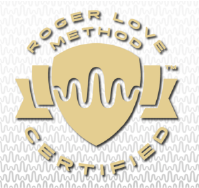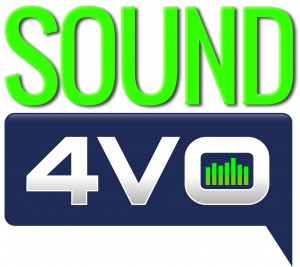 Do you know how you really sound? One of the best advantages to working on both sides of the glass is that I have had the opportunity to hear many different voiceover talent, often on the same auditions. I get a chance to hear everyone’s approach (you may be surprised at just how similar these can be) and I get the opportunity to hear everyone’s studios. Naturally, with the abundance of choices in studio gear and everyone working in different studio environments, the quality from one studio to another can be dramatically different. Do you know how your studio stacks up against the others?
Do you know how you really sound? One of the best advantages to working on both sides of the glass is that I have had the opportunity to hear many different voiceover talent, often on the same auditions. I get a chance to hear everyone’s approach (you may be surprised at just how similar these can be) and I get the opportunity to hear everyone’s studios. Naturally, with the abundance of choices in studio gear and everyone working in different studio environments, the quality from one studio to another can be dramatically different. Do you know how your studio stacks up against the others?
How do you sound compared to everyone else? Is your sound as good or better than your competition? Is it worse? If all things were equal with vocal quality, approach and performance, would better sound quality win the job? I posed the following statement to several agents, coaches and production houses; “It doesn’t matter how it sounds, the right voice/delivery always wins.” The majority disagreed. In other words, sound quality does matter.
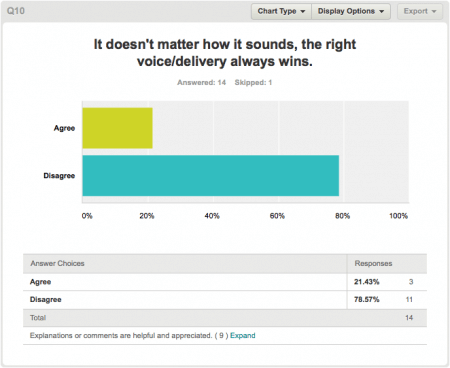
No matter what gear you choose and use, in the end, what matters is how you really sound using that gear in your recording environment. The only way to know how your sound and studio quality stack up against your competition is to compare your sound to others. Attempting to do this by listening over the radio or television is not a valid option. There is far too much processing in the mix and in the broadcast signal chain to get a true sense of how your sound compares. Listening to Weekend Workouts on Voicebank can provide you with some insight, but you can’t know what everyone has done to their audio before submitting.
I want you to sound your best. So, I’m proposing this challenge to you. Contact six people in your voiceover circles (more if you like). Each of you record a few lines… about 20 seconds worth should be perfect. Record with good levels averaging between -12 and -6db. Achieve these levels using only your voice, microphone, preamp/interface and DAW. Do not add any processing. Export to 44.1kHz/16bit WAV or AIFF files. Share the audio files among the six of you and listen to how everyone’s sound compares.
Ask yourself; what do I hear? Notice the details in the “ess” sounds. Listen for plosives on “p”, “t”, and “f’s” Listen for noise from the gear or from the room. Is the overall sound too muddy, too thin or just right? Does it sound gritty or silky? Does your voice sound forward and present or restrained and distant? If you had to rate everyone’s sound quality and place them in order, who would be at the top?
Anything measured… improves. You are not out there auditioning all alone, and with the competition greater than ever, you need every advantage you can get! Go ahead and give it a try. You’ll not only be helping yourself, but your voiceover friends too (which is a really cool thing to do). If you do, be sure to comment here on your results. I’d love to hear about it. Good luck!

